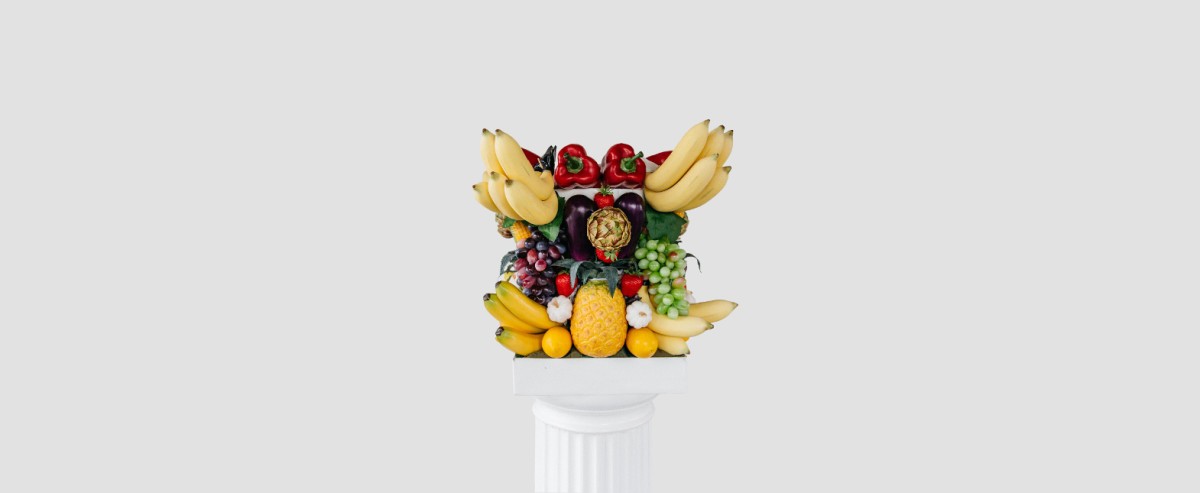Origins
15 Oct 2016 - 15 Jan 2017
ORIGINS
A Project by Ordinary Architecture
15 October 2016 — 15 January 2017
This autumn the RA has commissioned Ordinary Architecture to create a series of interventions around Burlington House that offer an intriguing contemporary counterpoint to the ‘origin myths’ of architecture.
The history of architecture is full of ‘origin myths’: stories of how and where architecture began. They range from the 18th-century notion of the “primitive hut” and 19th-century interests in animal skins and fabrics, to modernist conceptions of space. What makes these myths important is the way they describe the point at which building becomes culture, when the act of construction is imbued with meaning that can be read and interpreted.
Origins takes these myths as the starting-point for a series of five interventions around the RA’s home, Burlington House, each dealing with a fundamental component of architecture: construction, space, shelter, decoration and precedent.
Guiding the creative process for Ordinary Architecture has been their belief that “the veracity of origin myths is less important than their use as a source of inspiration for new narratives”. Rather than seeking simply to recount these myths in a literal way, Origins embraces erroneous theories, misunderstood histories, personal mythologies and speculative wild-goose chases. At times playful, witty and provocative, Origins asks us to look again at the myths, conventions and histories that guide how architecture is created and experienced.
A Project by Ordinary Architecture
15 October 2016 — 15 January 2017
This autumn the RA has commissioned Ordinary Architecture to create a series of interventions around Burlington House that offer an intriguing contemporary counterpoint to the ‘origin myths’ of architecture.
The history of architecture is full of ‘origin myths’: stories of how and where architecture began. They range from the 18th-century notion of the “primitive hut” and 19th-century interests in animal skins and fabrics, to modernist conceptions of space. What makes these myths important is the way they describe the point at which building becomes culture, when the act of construction is imbued with meaning that can be read and interpreted.
Origins takes these myths as the starting-point for a series of five interventions around the RA’s home, Burlington House, each dealing with a fundamental component of architecture: construction, space, shelter, decoration and precedent.
Guiding the creative process for Ordinary Architecture has been their belief that “the veracity of origin myths is less important than their use as a source of inspiration for new narratives”. Rather than seeking simply to recount these myths in a literal way, Origins embraces erroneous theories, misunderstood histories, personal mythologies and speculative wild-goose chases. At times playful, witty and provocative, Origins asks us to look again at the myths, conventions and histories that guide how architecture is created and experienced.

